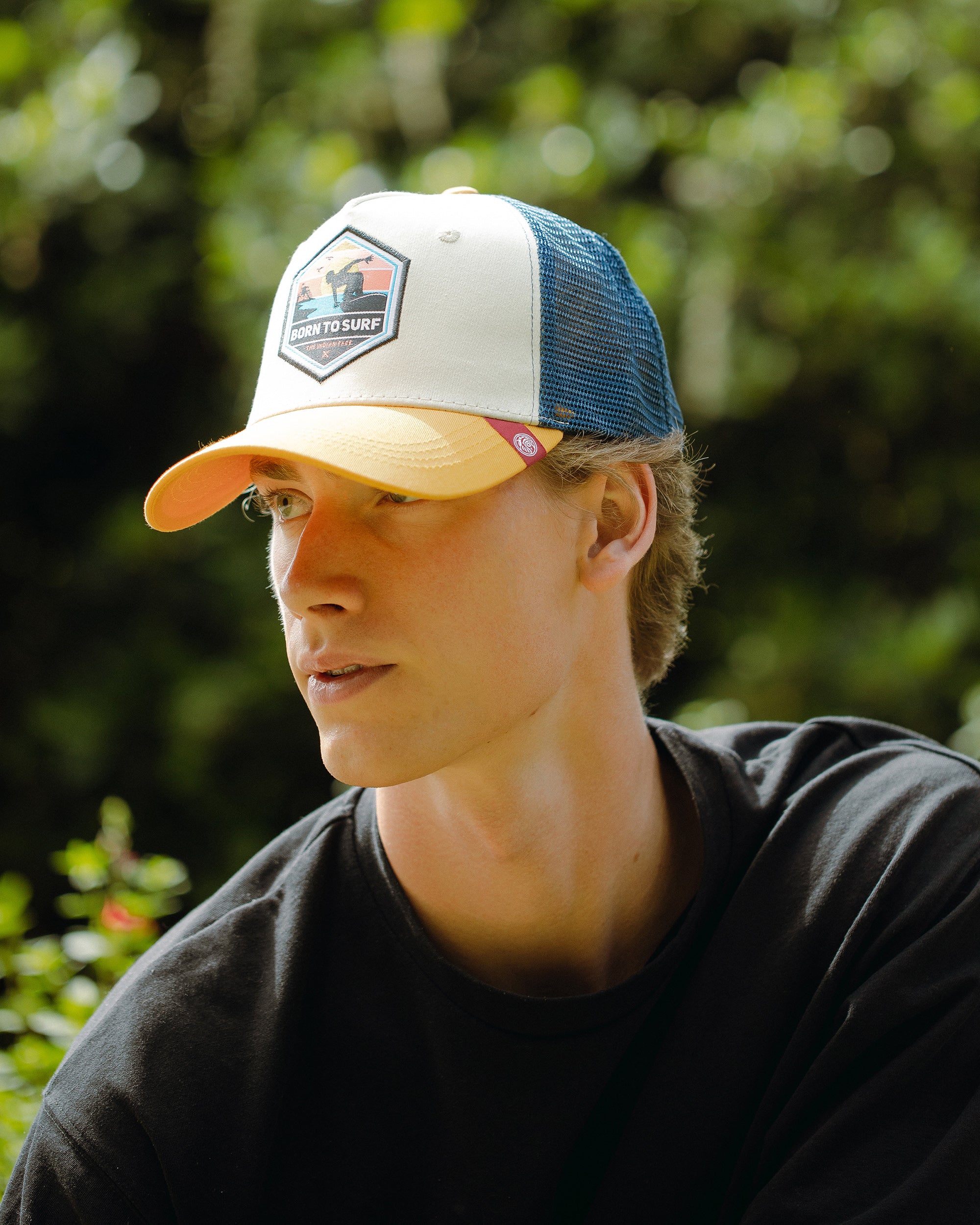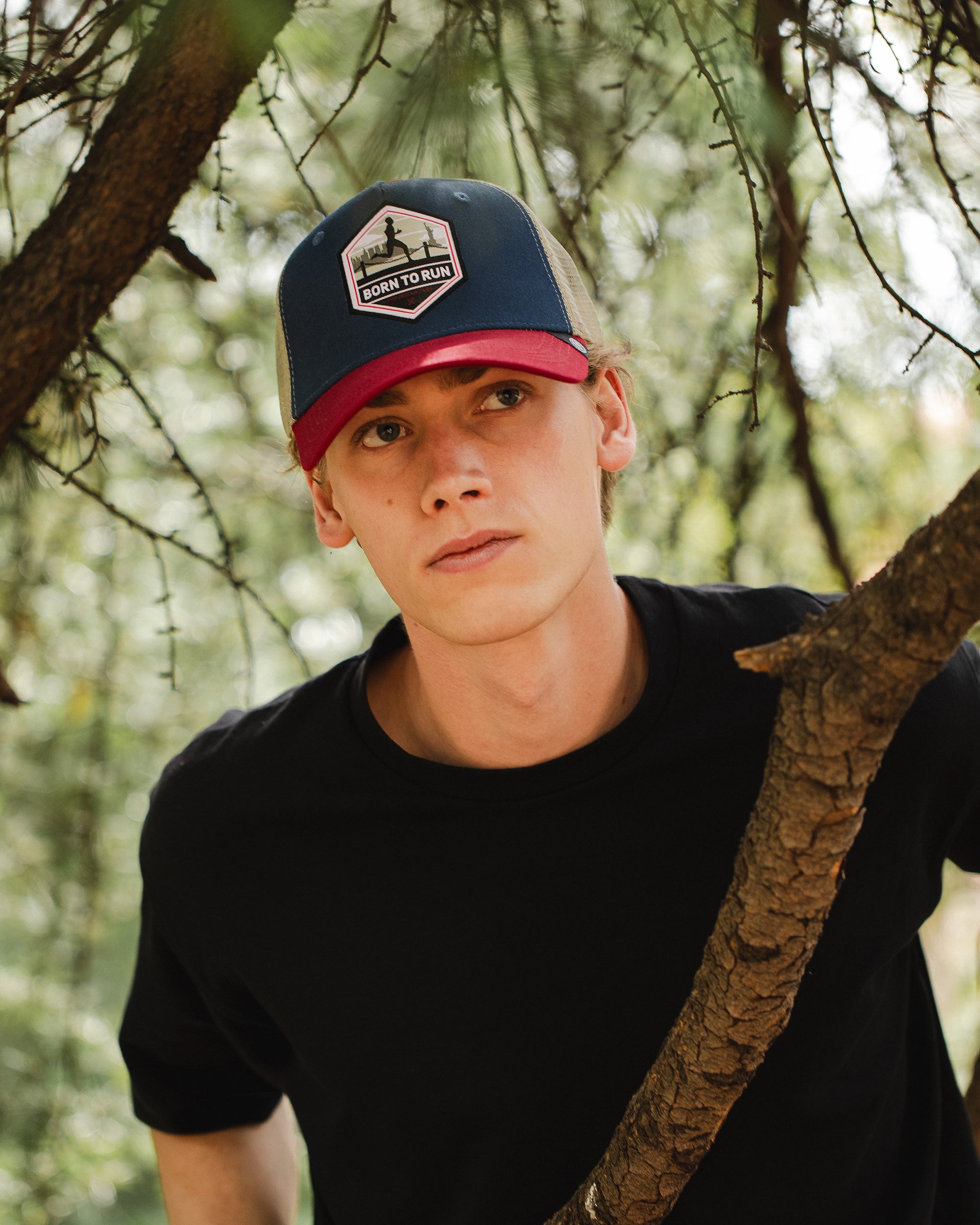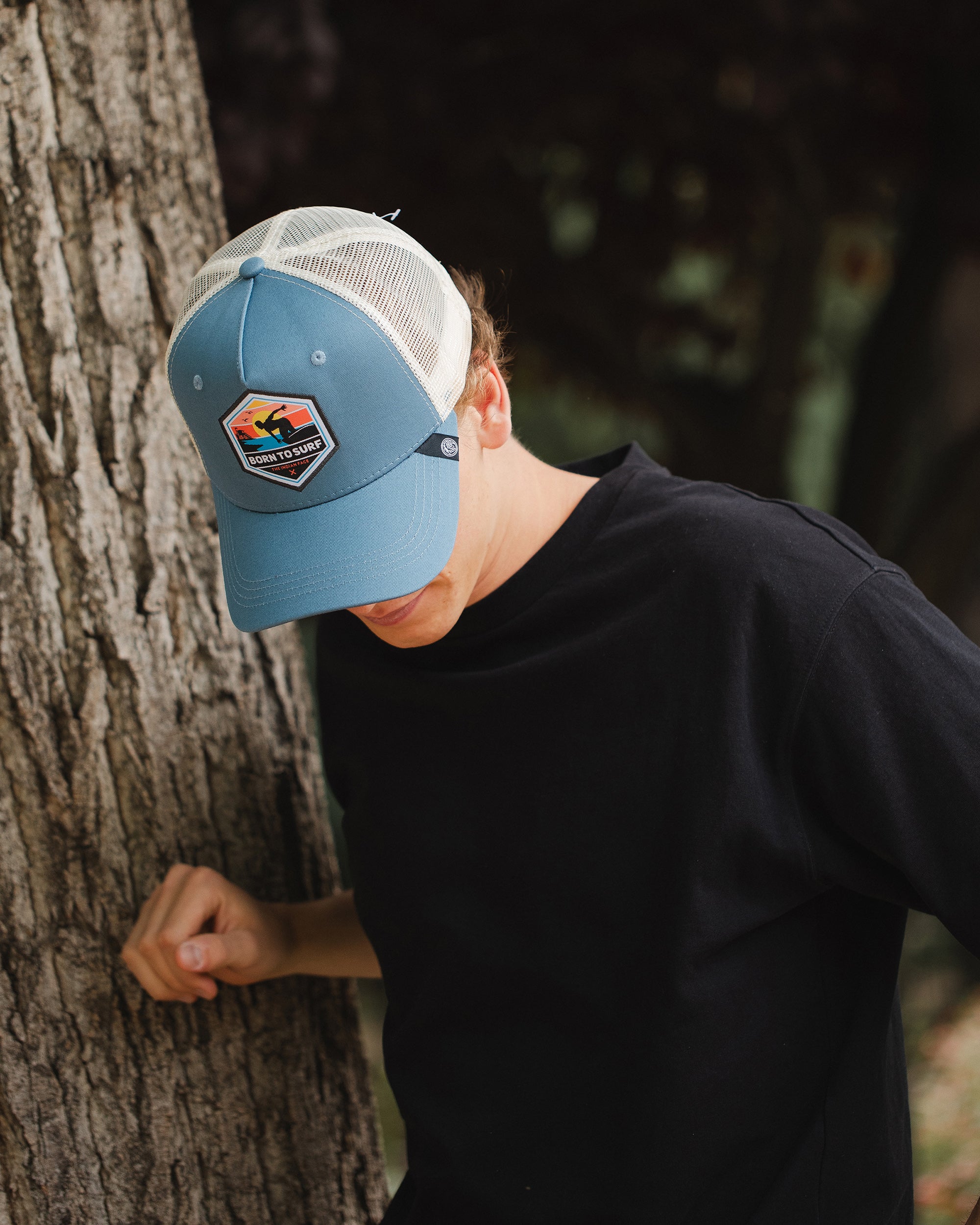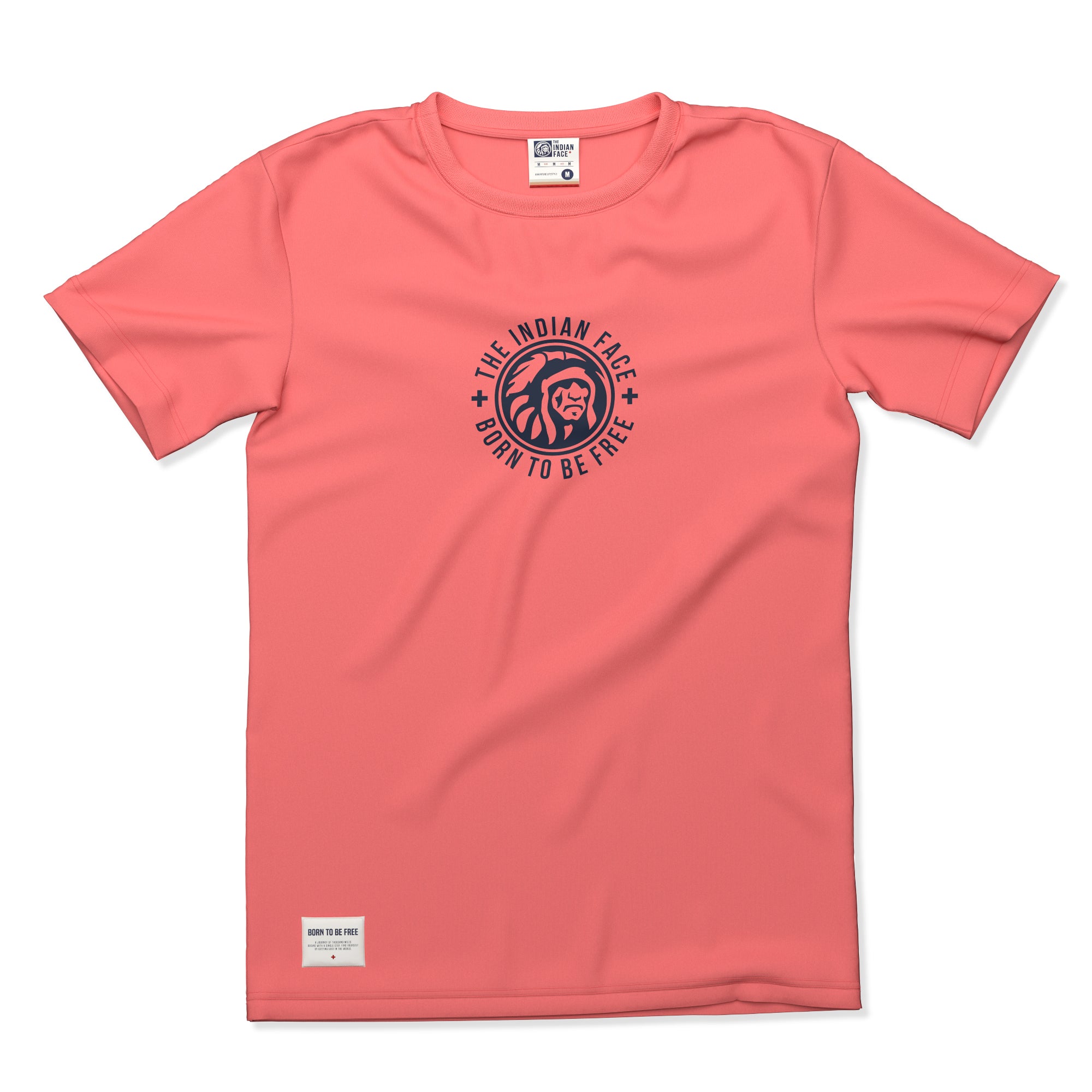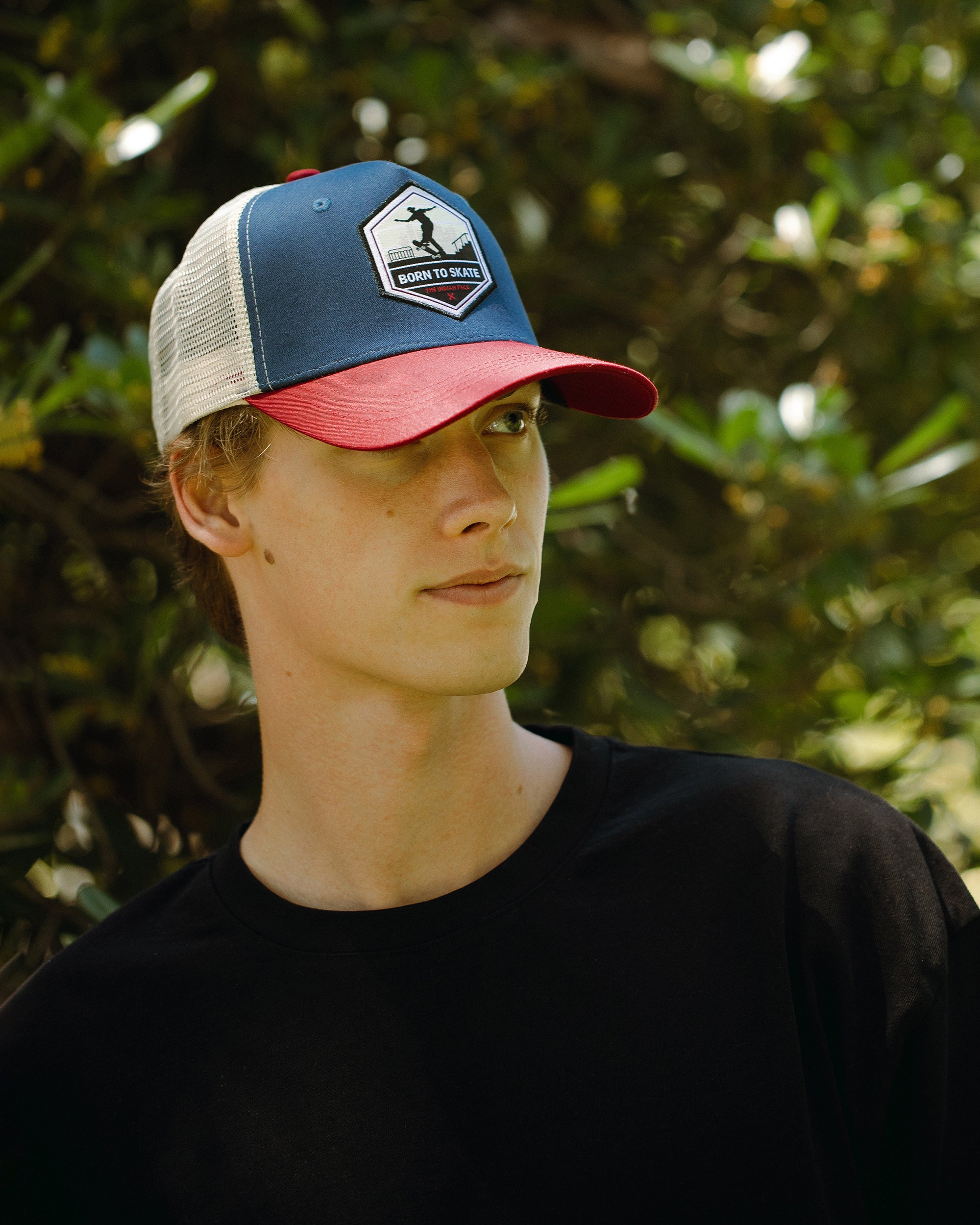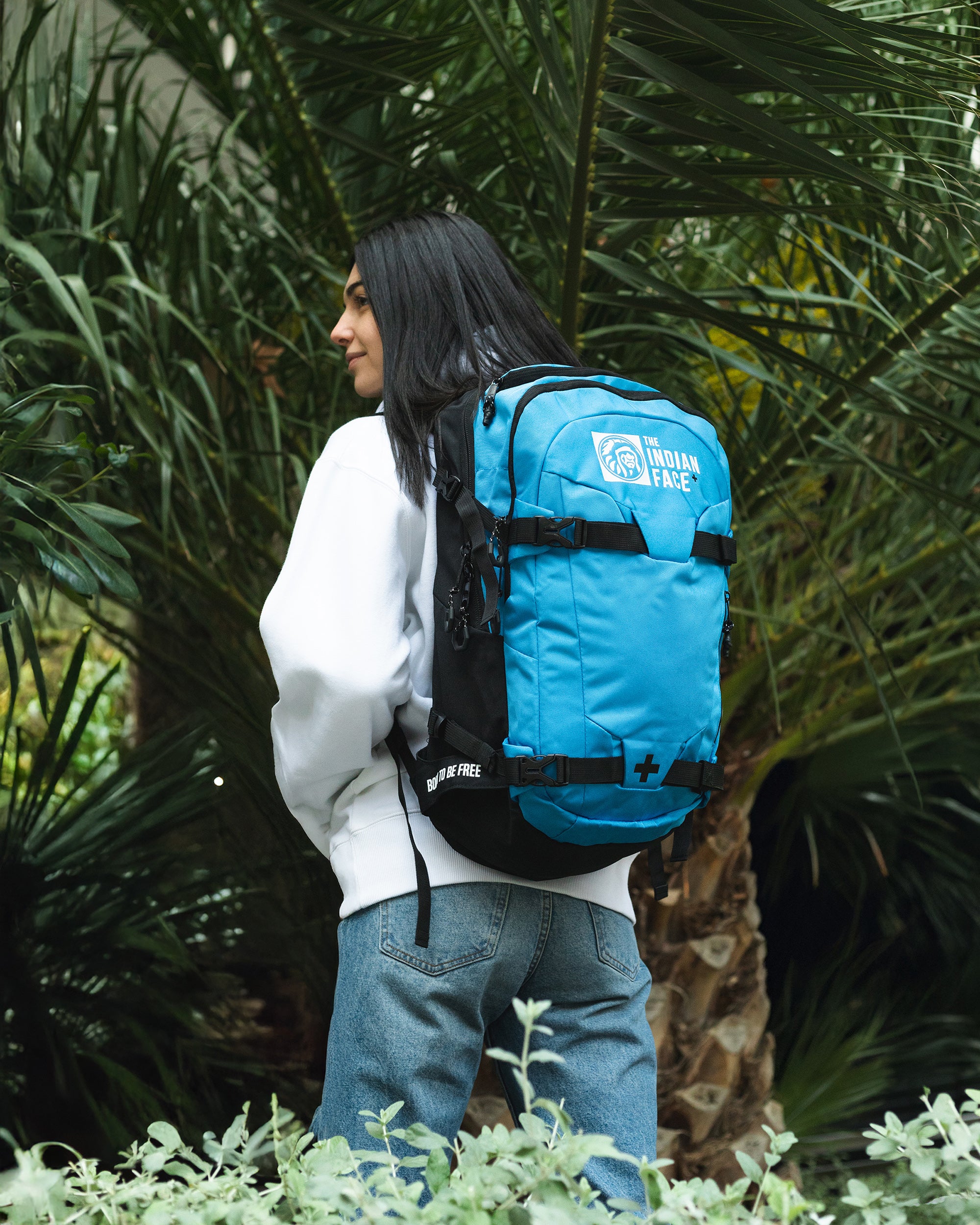To talk about the Great Barrier Reef, we must first talk about coral reefs. What exactly is a coral reef? It is an underwater structure made of calcium carbonate and secreted by corals. It is a rocky structure that is found on an underwater platform, and that has been formed by the skeletons of corals, as well as other marine organisms. The Great Barrier Reef is located in the Coral Sea, off the coast of Queensland, northeast of Australia.
The reef, which stretches for some 2,6000 kilometres, is so large that it can even be seen from space. It is very difficult to know its exact size, but what we do know is that it is considered the largest and most important in the world. Although he was not the first European explorer to see the Great Barrier Reef, the Englishman James Cook was the first to carry out a scientific exploration of the area after running the HMB Endeavour aground on the reef on 11 June 1770 and staying there for six weeks while it was being repaired.3 So, in one way or another, it can be said that he was the one who discovered it.
Due to its great biological diversity, clear temperate waters and easy accessibility, the reef is a very popular destination for diving enthusiasts. For this reason, it is not difficult to find divers from different parts of the world who save up their entire lives to be able to visit this reef and see it with their own eyes. The Great Barrier Reef is sometimes referred to as the largest living animal in the world. In fact, it consists of the millennia-old accumulation of many skeletons of colonies of corals of the order Scleractinia, composed mainly of calcium carbonate and aragonite.

These structures, which stretch for miles, are home to one of the greatest concentrations of biodiversity on the planet. A large area of the reef is protected by the Great Barrier Reef Marine Park. The Great Barrier Reef was declared a World Heritage Site by UNESCO in 1981, thus making clear its importance in the world of nature in this area. Protection that imposes measures that, for example, prohibit recreational boats from anchoring and landing on corals.
Those who have had the privilege of travelling to the International Space Station (ISS) say that there, from a height of more than 360 kilometres, one of the most recognisable terrestrial elements on our planet and, at the same time, one of the most striking for its beauty is this Great Barrier Reef. It is easy to imagine the sensation that this coral formation provokes in astronauts, since its dimensions are impressive, almost incomprehensible, especially when compared to other natural spaces on Earth. That is, a distance similar to that which separates Madrid from Budapest. In fact, many consider it the largest living being on the planet, with an area of almost 35 million hectares, in which up to 70 different habitats can be found.
Although, to be fair, it is not just one reef but more than 2,900, sometimes so close together that it is logical to group them together as a single unit. And, in reality, it is not just one line of barriers but three. It is not surprising that James Cook got stranded on one of the reefs during his first voyage, becoming the first European explorer to see the Great Barrier Reef.

IT IS A LARGE MARINE ZOO
We should not only be guided by how big this coral reef is.The sensation and connection with nature goes far beyond its square footage, if not everything that makes it up. Beyond the impression produced by its immense extension, what really makes the Great Barrier Reef so valuable is that it is the habitat of more than 1,800 species of fish, including 150 species of sharks, some 5,000 species of molluscs and more than 400 different types of corals. Its wealth attracts thirty types of cetaceans, such as the humpback whale, the dwarf minke whale, numerous dolphins and dugongs, and more than 200 species of birds, among which the white-bellied sea eagle and the pink tern stand out. In addition, there are numerous types of amphibians and reptiles, with rarities such as saltwater crocodiles, which live in the mangrove areas, and sea turtles. Watching them at night when they approach the virgin beaches of the area to lay their eggs in holes that they dig in the sand with enormous patience is a spectacle that amazes even the least sensitive spirits. A sensation that is multiplied when witnessing the birth, and tortuous race, of the baby turtles on their way to the sea.
HOW CAN I GET TO VISIT THE GREAT BARRIER REEF?
To explore the reefs, it is best to plan your excursion on a day when there are no strong waves and when sunshine is guaranteed. This is not unusual, as Queensland has an average of 300 sunny days a year. The sun enhances the colours of the corals and most of the species that take refuge and feed on the reefs, creating one of the most attractive spectacles on the planet. But the enjoyment of contemplating the rich biodiversity is not something that is restricted to experienced divers. In fact, the cleanliness of the surrounding waters allows for great visibility from the surface, even for snorkellers. In addition, many Queensland companies offer excursions on boats with transparent bottoms or in small submersibles. With an oxygen tank, underwater, with diving goggles and a snorkel, comfortably seated on a boat or even from the windows of the International Space Station, the Great Barrier Reef is, without a doubt, one of the greatest natural attractions in the world. Not only because of how unique it is, but also because of everything that surrounds it, the experience of visiting the Great Barrier Reef is undoubtedly one of the best attractions that people have visited in the world.
For this very reason, in recent years it has been in serious danger due to pollution and environmental deterioration: it has halved in size in almost 30 years, a situation that is of particular concern to Australia, the country where it is located, and to those who enjoy it and fight to keep it cared for and alive. "Our results show that the Great Barrier Reef's ability to recover, its resistance, is compromised compared to the past, because there are fewer young and fewer large adults reproducing," explains Andy Dietzel, from the Australian government's Centre of Excellence for Coral Reef Studies. Without a doubt, the Great Barrier Reef is one of the treasures of our planet and we should all appreciate and care for it equally. Did you know about the existence of this great ecosystem before? If not, I'm sure that from now on you'll want to find out more about it...

QUESTIONS AND ANSWERS ABOUT THE GREAT BARRIER REEF, THE LARGEST REEF IN THE WORLD
The Great Barrier Reef is the largest coral reef complex in the world and is located in northeastern Australia, in the territory of Queensland. Covering more than 340,000 hectares, the Great Barrier Reef is the largest coral reef complex in the world.000 km2 and home to more than 900 islands, the Great Barrier Reef is considered the largest living being in the world (it can even be seen from space!). A living being inhabited and fed by millions of species of all kinds. What do you know about it? Here we tell you super interesting facts about this great treasure we have on our planet!
What can you see on the Great Barrier Reef?
To truly enjoy Australia's Great Barrier Reef, be amazed by the colour of its corals, see coral sharks, turtles, clownfish (Nemo) and be left speechless, then we recommend snorkelling in the Great Barrier Reef from the Cairns/Port Douglas area. The Great Barrier Reef, the largest coral reef in the world, is home to over 1,500 species of fish, 411 species of coral and dozens of other species. How big is Australia's Great Barrier Reef? The ecosystem, which covers an area of 348,700 km², has thousands of reefs and hundreds of islands made up of over 600 types of hard and soft corals. It is home to countless species of colourful fish, mollusks and starfish, along with turtles, dolphins and sharks.
What is the importance of the Great Barrier Reef?
Due to their strategic location between the coast and the open sea, reefs serve as barriers that protect mangroves and seagrass meadows from the pounding of waves; the mangroves and seagrass meadows, in turn, protect the reef from sedimentation and serve as breeding and nursery areas for many of the species that form part of the reef ecosystem. Coral reefs provide food and protection for countless marine creatures, such as sea urchins, hawksbill turtles, crabs, lobsters, among others. Alterations, both natural and man-made, can affect the complex food chain that has developed around the reef, hence the importance of its conservation.
How was the Great Barrier Reef formed?
The Great Barrier Reef was formed over a length of more than 2,500 kilometres, forming an immense breakwater off the north-eastern coast of Australia. Its origin dates back to the end of the last ice age. About ten thousand years ago, the poles began to melt, and the sea level rose, flooding the vast prairies of the Australian coast. The sea surface traced a new coastline, and the reef grew on the flooded coast. Between the two reefs, a huge lagoon of warm waters spread out, dotted with islands and islets – more than six hundred –, areas that the sea could not cover. The Great Barrier Reef would end up dominating more than three thousand reefs. Today it is the largest marine ecosystem on the planet, so gigantic that it can be seen from space.
How are corals affected by climate change?
Coral reef regions have been affected by a process called bleaching. Rising ocean temperatures are considered the most likely cause. As the sea gets warmer, algae, which live symbiotically with coral, abandon the coral that hosts them. Algae provide nutrients and colour for coral. Without them, coral bleaches. This is what is happening on the Great Barrier Reef, which is why Australia, the country where it is located, is very concerned and is asking people to be aware and help in the conservation of this great treasure that we have on our planet.

What activities can you do on the Great Barrier Reef?
Snorkeling: This is the most common and cheapest activity to do on the Barrier Reef. To do this, you just need to rent a mask (if you don't already have one) and enjoy the marine fauna while swimming in the paradisiacal waters. Spending the night on a catamaran: To visit all the islands in the Barrier Reef, you can rent a catamaran with more people and spend the night. This way, you can visit all the islands while enjoying the company. Route with a boat with underwater vision: If you want to relax while observing the seabed, this is a very good option. These are boats that have windows through which you can see the seabed and be amazed by all the marine species. Panoramic flights: If you want to see the Great Barrier Reef from above, this option will leave you amazed. Although it is a more expensive activity than the others, it is highly recommended so that you can be amazed by the variety of colors that make up these islands. Visit Heron Island: This island is one of the most famous among visitors to the Great Barrier Reef because apart from being able to enjoy incredible sunsets, between the months of November and March, you can see how turtles lay eggs on the seashore.
How long do corals live?
Coral colonies can live for more than 4,000 years. Quite a long time! For this reason, their conservation and history are very important. Animals that live in the depths of the sea and at very cold temperatures usually have a very long life due to a slow metabolism. For this reason, it is important to take care of them and specifically preserve the waters in which they are found.
Is there any reef in the world that is like it?
The Mesoamerican Reef is the largest coral reef in the Western Hemisphere and the second largest reef in the world after the Great Barrier Reef in Australia. It is located in the Caribbean Sea along the coasts of Mexico, Guatemala and Honduras, stretching 700 kilometers from the Yucatan Peninsula to the Bay Islands in the north of the country’s coast. The beauty of the Mesoamerican Reef System attracts millions of tourists to the region every year, offering unmissable opportunities to dive in remote areas, swim with the largest concentration of whale sharks on the planet and relax on the spectacular beaches that exist throughout the MAR.

How many species of animals are there in the Great Barrier Reef?
Diving into the Great Barrier Reef every day would not be enough to discover its immense diversity. As soon as you look one metre below the surface, you will discover a kingdom of fascinating colours and shapes populated by 400 types of coral, 1,800 species of fish, 5,000 mollusks, 125 sharks, 6 of the 7 existing sea turtles (all of them endangered) and 30 types of cetaceans. We can find such exotic animals as: green turtles, giant manta rays, butterfly fish, seahorses, grey sharks, giant clams, clown fish... An ecosystem full of different species!
How many reefs are there in the world?
There are currently 13 protected natural areas (ANP) that include areas with reefs, nine of them are located in the Gulf of Mexico and the Caribbean Sea and the rest are located in the Pacific and Gulf of California.Almost all of them are protected by the administrations of the countries in which they are found, or those closest to them. Despite this, there are numerous movements calling for greater conservation of these treasures of nature, which could disappear if the waters and the surroundings of the ecosystem in which the animals live are not looked after.
We know you're now dying to visit this great treasure that nature has given us, but remember! The world's largest coral reef system is increasingly threatened by climate change, fishing, massive pesticide dumping and the mining industry, so from now on we'll be able to offer you a tour of this amazing coral reef.





